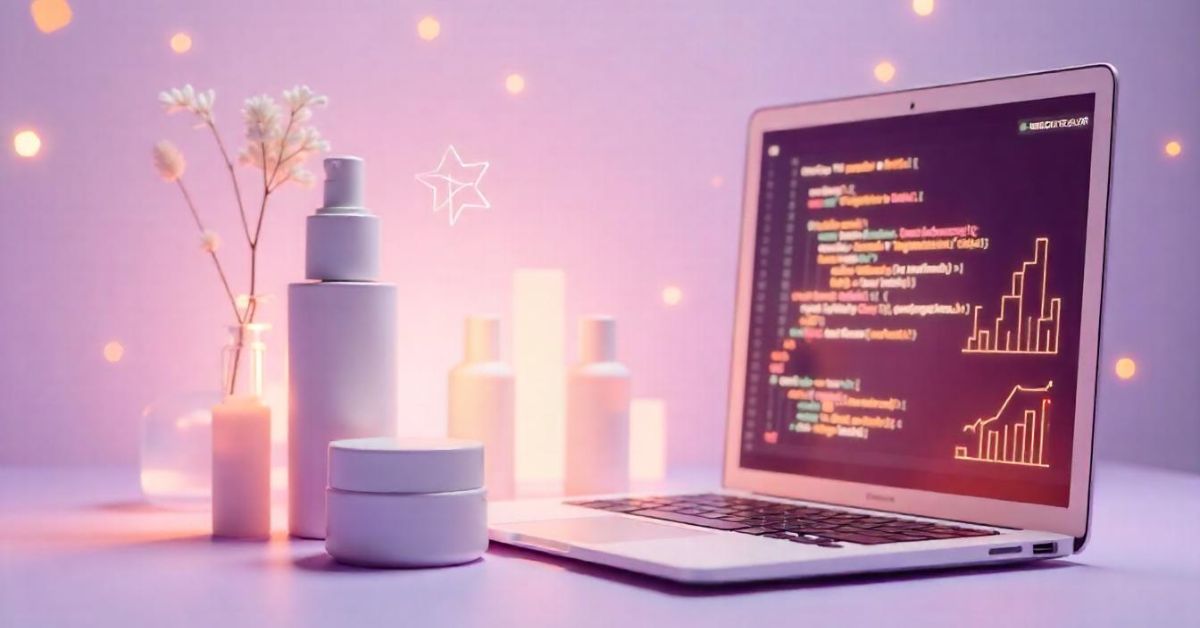The Role of Web Scraping in the Beauty Indust...
The beauty industry, valued at over $500 billion, thriv...

Web scraping is changing the way beauty and skincare brands work online.
From pricing insights to customer trends, data is the new makeup.
And web scraping helps collect this data—fast, at scale, and on autopilot.
Here are the top 7 real-world use cases of web scraping in the beauty and skincare industry.
Beauty brands sell on multiple platforms—Amazon, Nykaa, Flipkart, Purplle, and their own websites.
Prices change daily.
With web scraping, you can:
Why it matters:
Helps brands stay competitive, adjust margins, and avoid being undercut online.
Read more >> Ultimate Guide to Scraping Beauty Products from Indian E-Commerce Sites
Customers leave tons of feedback through reviews and ratings.
By scraping product reviews:
Using tools like Python + BeautifulSoup or APIs, analysts can turn reviews into clean insights.
Why it matters:
Improves product R&D, customer support, and marketing copy.
Want to know what’s trending on Nykaa or Amazon?
Web scraping lets you pull:
This data helps you spot trends before they go mainstream.
Why it matters:
Helps in launching the right products at the right time.
New beauty brands often list products across multiple channels.
Instead of manual data entry, scraping helps:
Bonus tip: Use structured data formats (like JSON or XML) to keep your catalog feed clean and API-ready.
Why it matters:
Saves time and avoids data entry errors.
Ever wondered how your brand appears vs others on search engines or marketplaces?
Web scraping helps you:
Why it matters:
Helps improve your SEO and digital shelf presence.
Read more >> How Multisite Scraping is Revolutionizing Dataset Creation in the Beauty Industry
Influencer marketing is big in beauty.
Scraping social platforms and influencer marketplaces can help you:
You can even monitor which products influencers are promoting—and how audiences respond.
Why it matters:
Helps find the right creators and plan influencer campaigns better.
Using scraping, R&D teams can scan product labels and descriptions to:
This is useful when launching new lines or improving formulations.
Why it matters:
Leads to smarter product innovation backed by real data.
Web scraping isn’t just for techies anymore.
In the beauty and skincare space, it helps:
✅ Brands price better
✅ Teams track trends
✅ Marketers plan campaigns
✅ Founders build smart catalogs
✅ Developers build tools faster
And with simple tools like Python, Octoparse, Scrapy, or even Google Sheets add-ons, you can start scraping without needing a PhD.
The beauty industry in India is growing fast.
If you’re building a brand, analyzing trends, or managing digital marketing, web scraping is your secret weapon.
Use it to stay ahead, make data-driven moves, and win online—one scraped dataset at a time.